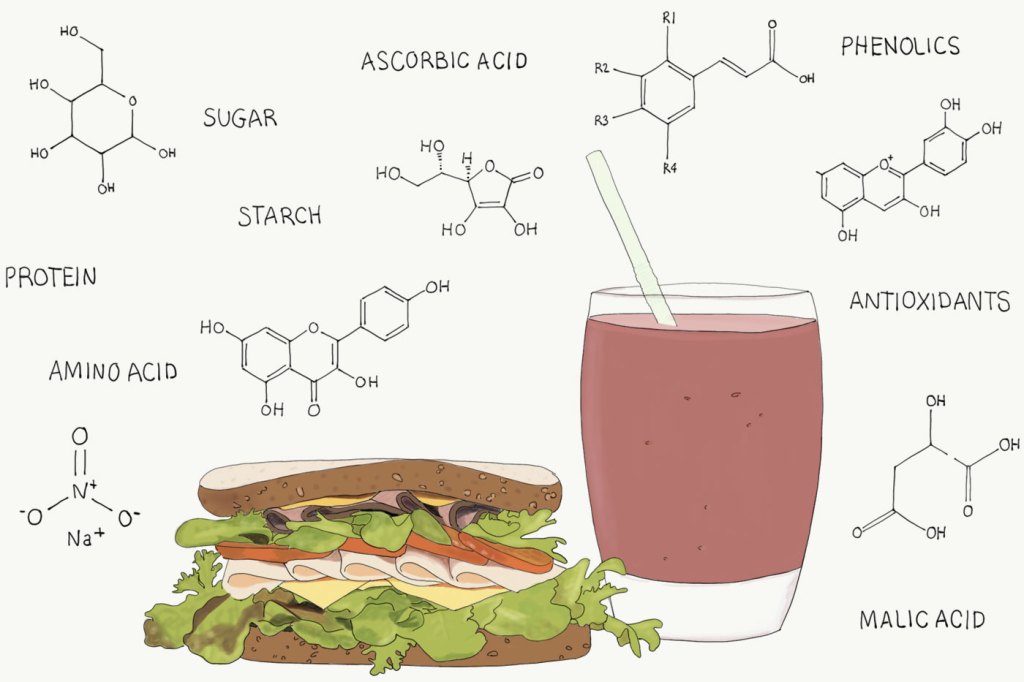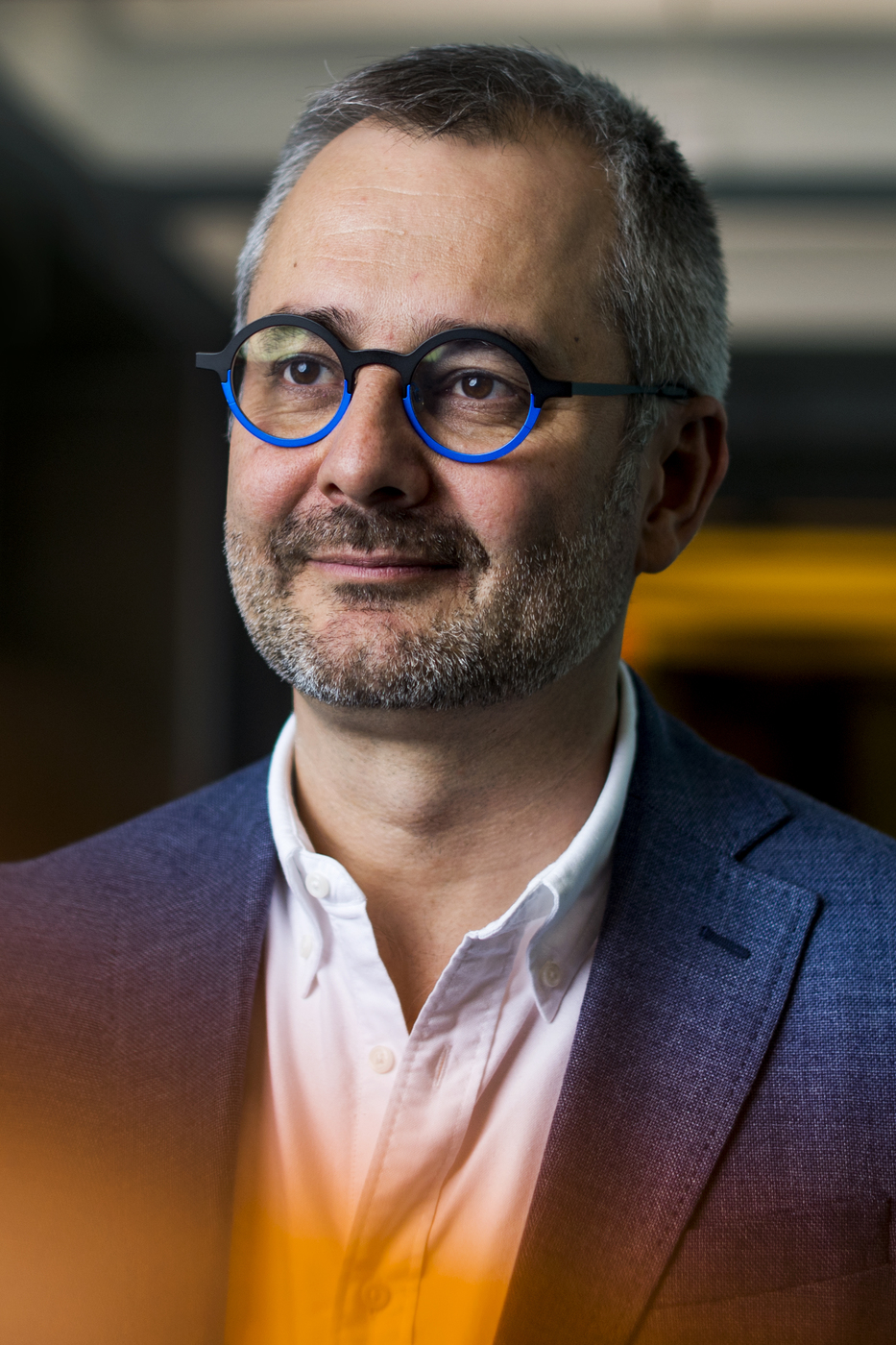Unraveling the chemical compounds in food could improve how we manage our health

A woman worried about heart disease might check the amount of saturated fats in her snack food. A man with diabetes might track the carbohydrates in his lunch.
We know our diet can seriously affect our health. So why don’t we study it as thoroughly as we study our genetics?
The United States Department of Agriculture tracks roughly 150 fats, sugars, amino acids, and other nutrients in the things we eat. And while these are important, they represent a tiny fraction of the chemical compounds that make up our food.
“If you look closer at our foods, we really don’t have just 150 nutrients,” says Giulia Menichetti, an associate research scientist at Northeastern’s Center for Complex Network Research. “Looking at databases that are available worldwide, we have between 20 and 30 thousand different chemical compounds in our food. And that’s just an initial estimation.”
Menichetti and her colleagues, including Albert-László Barabási, Robert Gray Dodge professor of network science at Northeastern, are endeavoring to identify and track all of these compounds, as well as search for new ones. The group recently received a grant from the Rockefeller Foundation to expand on their work. It’s a daunting task, but one that Menichetti believes will help us live longer, healthier lives.

“Genomics has changed the face of medicine in the last 10, 20 years, and the idea is to start doing something similar for food,” Menichetti says. “We can change our eating patterns to have a healthier life. For now, it’s not that easy to modify our genetic makeup.”
But it’s going to be a little more complicated than a list of foods to avoid.
Take garlic, for example. By mining existing literature, the group identified 5,676 existing scientific papers that might hold information about the chemical composition of raw garlic. They used machine learning techniques to refine this list, and then manually evaluated 299 of them.
They found 1,426 chemical measurements pertaining to garlic’s composition, including new information for 170 compounds that aren’t linked to garlic in current databases. Overall, garlic has more than 2,000 chemical compounds. Four hundred and eighty five of them have potential health effects, but their concentration in garlic remains unknown.

Albert-László Barabási, University Distinguished Professor and Robert Gray Dodge Professor of Network Science at Northeastern. Photo by Adam Glanzman/Northeastern University
So should you eat garlic? There isn’t a one-size-fits-all answer. But in certain recipes, Menichetti says, chemicals in fresh garlic could help.
“Many combinations, like garlic and red meat, may have evolved because they were tasty, but also potentially very healthy for you,” Menichetti says.
Red meat contains molecules that are processed in the gut and liver into trimethylamine N-oxide, which has been linked to higher mortality rates in individuals with heart disease. A chemical in garlic interferes with that process.
“Red meat is potentially bad for you, but if you modulate that with consumption of garlic, or consumption of extra virgin olive oil or wine too, you can decrease that impact,” Menichetti says. “But the majority of those chemicals are not reported in the standard databases.”
Compiling and organizing the existing information scattered across the scientific journals and fields is the first step. As the researchers gather more information, they can use what they learn to predict chemicals that have not been identified yet.
And once each chemical enters our bodies, it interacts with bacteria in our gut and other processes that can change it into something that may be helpful or harmful. All those pathways need to be mapped out as well.
Menichetti knows it’s a huge endeavor.
“There are many challenges from a modeling level, from a data level, from a computer science level,” she says. “I would never have expected to work on food, but it’s a beautiful challenge and we’ve taken so many steps forward.”
Menichetti imagines a future in which we can track our daily eating patterns and have a unique description of the chemicals we are ingesting. Combined with our individual genetic variations and health history, this information could provide tangible ways to improve our health, by simply adjusting what we eat.
“We want to map everything,” Menichetti says. “That’s the challenge. We want to have a high chemical understanding of what we are eating every day.”
For media inquiries, please contact Mike Woeste at m.woeste@northeastern.edu or 617-373-5718.





